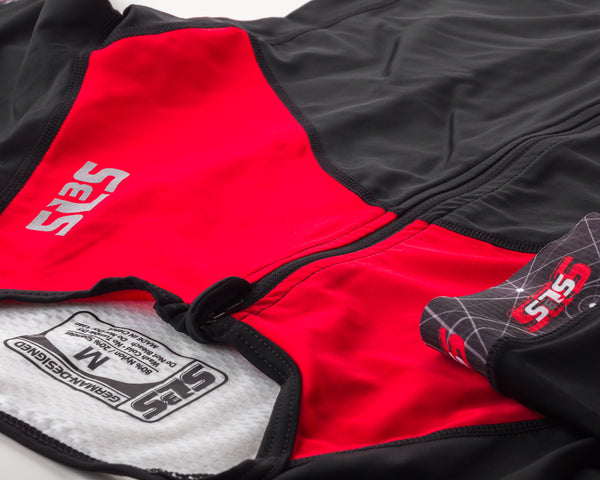Your Cart
You are $50.00 away from FREE SHIPPING
FREE shipping on orders over $50
30 day moneyback guarantee
No Fuss Returns

Sylvie Hannuscheck September 21, 2020

From your pricey short sleeve triathlon suit to your triathlon shorts, we have the best tips to get your sweaty stuff clean in no time. Even though they take a beating from your body during a workout or race, they need more care in the wash than your tees and pants.
Those breathable, flexible performance fabrics are great for staying cool and giving you a good range of motion, but once you finish your race, those fabrics become odor-magnets.
Follow these steps to get your gear fresh and clean again:
1. Turn Workout Clothes Inside Out
Turning workout clothes inside out before washing allows water and detergent better access to the source of the smells, leaving the clothes cleaner.
2. Limit Your Use Of Laundry Detergent
Using too much detergent is probably the biggest mistake you can make when it comes to laundry. More detergent won’t leave your clothes cleaner; instead, it leaves a buildup of soap residue that traps odors in clothes after going through the wash.
3. Wash Your Workout Clothes With Cold Water
Hot water breaks down synthetic fabrics and creates shrinkage. Set your load to a delicate cycle with cold water to help your workout clothes maintain their shape, breathability and overall longevity.
4. Avoid Fabric Softener At All Costs
Fabric softener doesn't play super nicely with stretchy and moisture-wicking fabrics, as it leaves behind a coating that makes it difficult for water and detergent to fully penetrate the fibers. Skip it in loads that contain workout clothes.
To mimic the benefits of fabric softeners, add half a cup of white vinegar to your wash cycle. The vinegar will safely soften your synthetic fabrics and naturally kill offensive odors. As a bonus, vinegar is inexpensive and has virtually no negative impact on the environment.
5. Low-heat Or Air Drying Is Important
The fabrics tend to be quick-drying, and as an added bonus, they'll last longer if they're not exposed to the heat and agitation of the dryer.